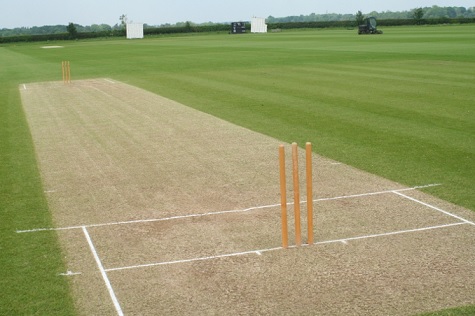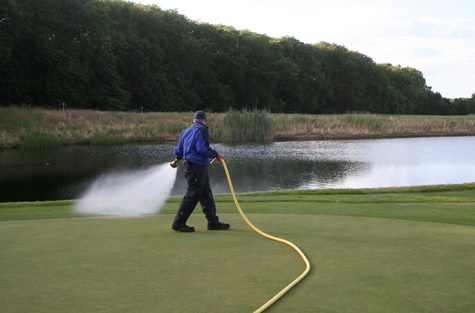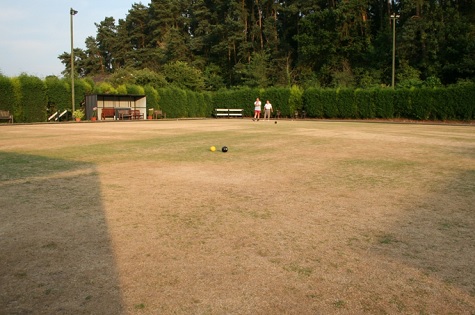It is fair to say the whole country is experiencing one of the longest spells of hot, dry weather for many years. This weather front came in towards the end of April on the back of one of the wettest, coldest springs for many years. The combined effect of this, has been a very challenging time for our whole industry.

Most Cricket groundsmen faced a stern challenge to get their squares ready for the start of play, largely due to the fact that many grounds where lying wet/ saturated preventing the onset of any decent spring renovation work before play began in April. The weather then turned completely on its head and we ended up with areas of high pressure bringing in this current long spell of hot, dry weather.
For me this year has similarities with one of the hottest summers on record, when back in 1976 the whole country became tinder dry.
Back then not many golf courses and sports grounds had the benefit of automatic irrigation systems - it was a case of hand watering with hose pipes.
I remember weeks and weeks of constantly watering our greens just to keep them alive. However, today most if not all golf courses and top flight sports grounds have access to automated irrigation systems.
Having said that, the cost of watering will be a factor to consider this year - and hosepipe bans will become a factor to be reckoned with.
However, away from the top end professional clubs, universities and schools many grass root sports clubs and local authority pitches will be at the mercy of this weather. With many pitches becoming bone hard and dry, with most grass browning off and going into a dormant stage.
For these clubs it is a case of grin and bare it until we get some much needed rainfall.

However, there are some turf management steps to help reduce drought stress, such as changing cutting heights, use of organics, wetting agents, spiking regimes and effective use of water whilst it is available. Early, preventative action is critical, as there are limited things you can do once the drought is underway.
Try and keep as much grass cover as possible, raise the height of cut by a few millimetres. Control warm up and training activates by rotating them around different areas of the pitch to reduce wear.
Ensure you cut the grass with sharp mowers, leaving a clean cut. The use of plant growth regulators (PGR) can be a useful tool to help the plant combat drought conditions. PGRs will slow the plants growth thus reducing the need to cut so often. However, a programme of growth regulators is not cheap.

Depending on the soil type, some pitches will dry out at different rates; sandy soils will be very quick to dry out, whereas clay soils retain moisture and are more likely to help sustain plant growth over a longer period. There may be a need to cancel games if the pitches become too hard. However, grass is a very resilient plant and will recover quite quickly once it receives adequate moisture.
If you are able to water, please ensure you conserve and do not waste it. Do not irrigate during the hottest part of the day, you will lose most of the water you are trying to put on by evaportranspiration; irrigate in the evenings, and also ensure you water to depth.
When choosing an irrigation system you will need to get some advice on which one will suit your needs, generally this will be dependent on what water resources you have available. Are you on mains water, borehole or extracting from a river/pond resource? You will need extraction licences to take water from boreholes, lakes and rivers.
Many self-travelling sprinklers require a certain pressure of water to operate effectively. Irrigation equipment is an essential tool for managing natural turf pitches.
One sure way of helping to rejuvenate your pitches is to carry out some autumn renovation work. We should hope that by September we will have had some favourable wet weather to soften up the pitches.
It is then a case of lightly scarifying in two directions to clean out any dead grasses/ fibre. Aerating to a depth of 150-220mm, top dressing, applying an autumn feed and oversowing.
I hope you continue to enjoy this wonderful challenging warm weather and make the most of it while it lasts.